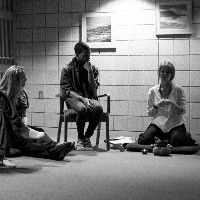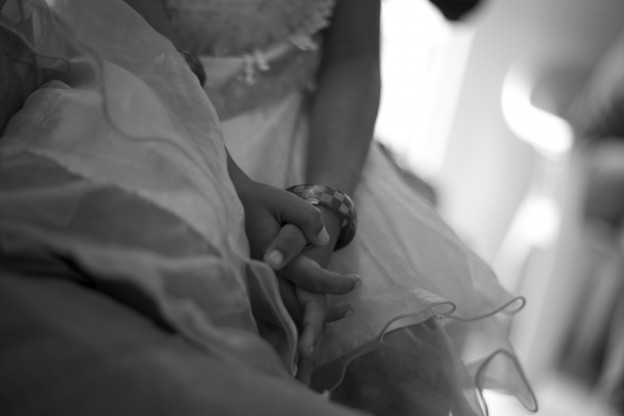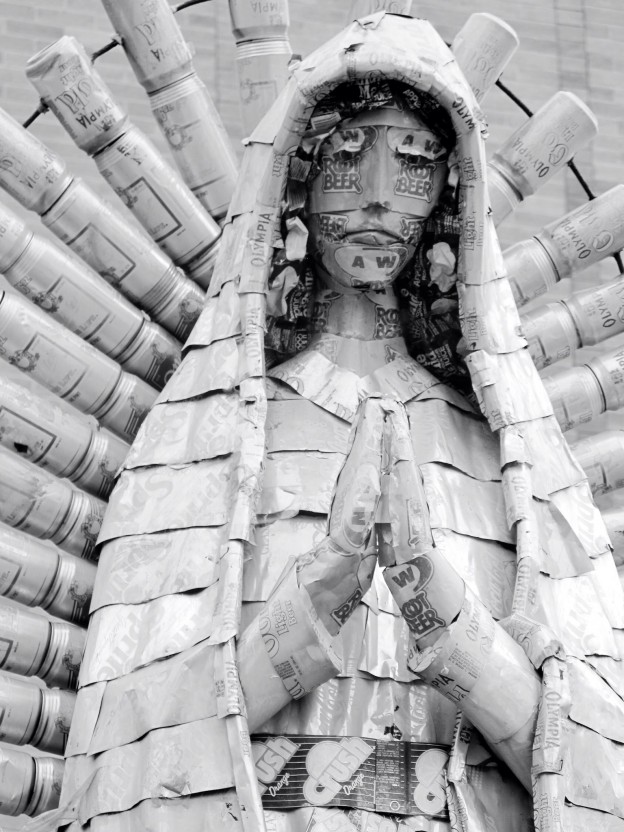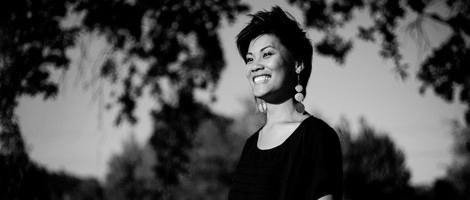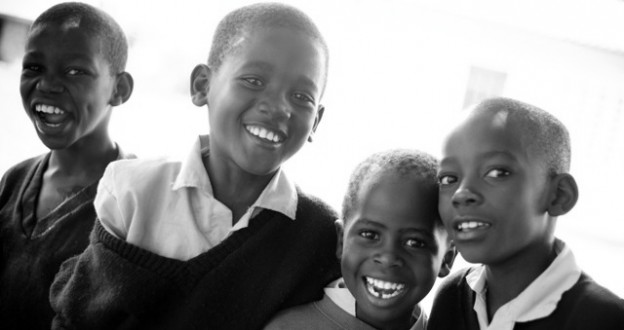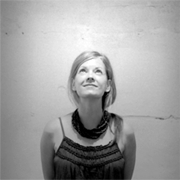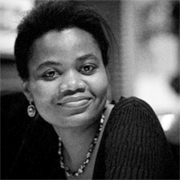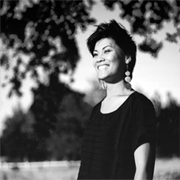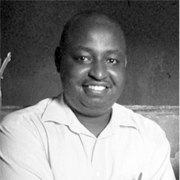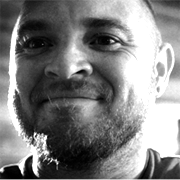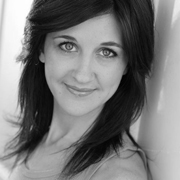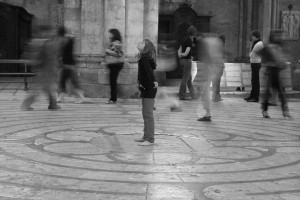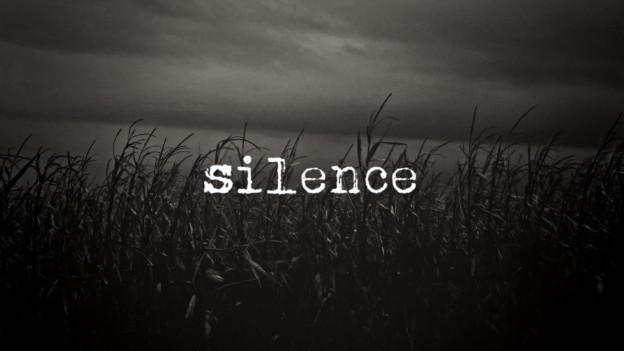by Mindy Durias
I often think about these words from Jesus,
“Let the little children come to me and do not hinder them. For the kingdom of heaven belongs to such as these.”
What was so special to Jesus about children, that he would gift them the kingdom of God?
I’ve been raising children of my own for 16 years now. And there are a few things I’ve picked up along this journey that give me some insight as to what Jesus might have deemed so special about children.
For starters, children, especially those 2 or 3 and under, are intrinsically trusting. Whatever you tell them, they believe it. When they are told by someone, I love you, they don’t question it. They don’t ask for proof, demand to know why, doubt whether it is earnest, or deny that they deserve it. They simply receive it as fact. They are loved. They belong.
Little children not only don’t struggle with being loved, they also don’t hesitate to give that love away. They don’t ration out their love only to those they deem worthy or withhold love from those who hurt them until they receive apology. Very little children extend boundless grace. They love without judgement, prejudice, selfishness, or hesitation. They forgive effortlessly. They hold no memory of wrongs done to them. They love others for the pure joy of it. Much like God does.
However the most enlightening thing I’ve seen time and again, is that little children, without trying, know God. They know God in a way that we adults are almost incapable of. Unconditional love, mercy, grace, forgiveness, kindness and generosity are no mystery to children. They live in harmony with God in these attributes. I might even say, children live in union with God. Not just my own children, but all children.
Then what happens? Obviously, most children do not remain in this state of union with God. Some may do so longer than others. But all of us, through lifes many experiences, eventually leave the God we know and mirror so well as children. Some so early in life, that they don’t even remember having ever known God at all.
This was the case with me. I can’t remember a time in my childhood when I knew God. And so it wasn’t until I was in my late teens that I even began searching. For years, I looked for God outside of myself. And while those years taught me a lot, I wouldn’t say that I ever felt near to God necessarily. And I didn’t feel like I was living a transformed life for sure. Any difference in me was of my own making. Not something I would attribute to God, when I was honest. In fact, looking for God outside of myself brought me to a place where I didn’t think I wanted to go on searching anymore. If God was out there, he certainly wasn’t near and I was weary of turning over stone after stone only to find myself still alone.
Then I was introduced to Centering prayer. All of a sudden, God went from being something that I was unsuccessfully looking for outside myself, to something I was curiously looking for within myself!
And what a treacherous journey it has been. The child in me that once was in union with God, has grown up and created layer upon layer of massive concrete walls between herself and God. Turning inward and realizing this has been incredibly sobering. There are days when all I can do is sit in silence, staring at the walls within myself, and weep and wonder how these walls will ever be broken through? How will I ever make my way to God within? Especially when it seems like this demolition is going to proceed brick by brick. Oh how I wish that God would bring in an iron wrecking ball and lay waste to the walls I’ve built between us. But that’s never happened.
Yet, I’m learning to see this as grace. For even the removal of a single brick can at times be so excruciating that I can barely breath. But with the tearing down of each old brick, cracks are forming. I’ve begun to see light through the cracks that show me small glimpses into the rich garden of my soul where my truest self lives in union with God. She looks like a small child, dancing and singing a simple song of love and joy.
And her name is Enough.
As of late, God has brought me to the biggest wall I’ve encountered yet. A wall that I began building at a very young age, judging by its size. It’s not only massive, but seems to also be fortified with extra protection. Like barbed wire put up to keep trespassers out. I’ve learned that all I can do is sit and wait before a wall such as this. Wait for God to do what I cannot do for myself. Slowly and gently, in silence and stillness the wire has been removed, allowing me to approach the wall and touch it. And as soon as I touch it, I know what this wall is.
It actually has a name too. Mother.
I created this wall with every painful memory I’ve ever had in relationship to my mother.
For months, all I could do was sit before this wall named Mother and weep. Because she was not the mother I wanted her to be, the mother I felt I needed. I grieved this, until I felt empty and numb. And yet the wall remained. Seemingly un-effected, ever pressing in on me and weighing me down.
Day after day, I would come and sit. Then one morning recently, as I prayed a thought came. Usually, I lay my thoughts down and come back to them later, after prayer. But this one would not let me go. It was this:
I accept who I am and who I am not.
I accept who I am and who I am not.
Over and over again, like a skipping record these words played. This was big! I am notoriously hard on myself. As the words repeated, they resonated more and more deeply. Filling my entire being with acceptance of all that I am and all that I am not.
What happened in the moments that followed are nearly impossible to express in concrete language, but I’ll try.
With one deep exhale it was like a mighty damn broke open. The wall of hostility and pain came crumbling down and tears started to fall uncontrollable. It was acutely painful and at the same time filled me with intense joy! In that moment it was like I knew the work of forgiving was done and that I was in a new place of being able to truly love and accept who my mother is and who she is not.
On the next inhale, it was as though the door to a giant empty ballroom had been flung open as I took in a breath so deep that it seemed as though my lungs would expand forever. And with that breath that enormous, empty space was flooded with peace. Such sweet peace! I knew then and there that God had done what I was completely unable to do for myself; breaking down the wall of hostility and hurt I held towards my mother. And the heaviness of that wall pressing in on my soul was simple gone.
Through Centering prayer, God has shown me the light and free child that I truly am, by breaking through the walls of shame, vanity, selfishness, perfectionism, distrust, passivity and much more that I erected. Graciously teaching me to love who I am and forgive what I am not. And God has enabled me to do what I doubted was ever possible. Extend that same grace to my mother.
As I enter into solitude, silence and stillness I’m reminded of the child that lives within the-still-to-be demolished walls of my soul. I see her twirling and laughing with God. I hear Jesus beckon,
“Let the little children come to me and do not hinder them, for theirs is the kingdom of heaven.”
And I wait.
For God to remove all that’s left keeping me from reuniting with my true self–a little girl called Enough.
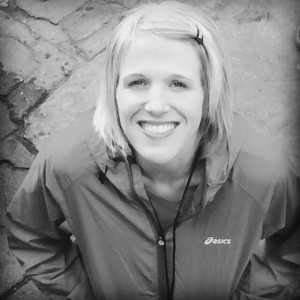
Mindy Durias lives in Portland, Oregon. She’s been happily married for 16 years and is the mother of 5 lovely children. Her passions are teaching her children, running outdoors, and advocating for children living in poverty around the world.
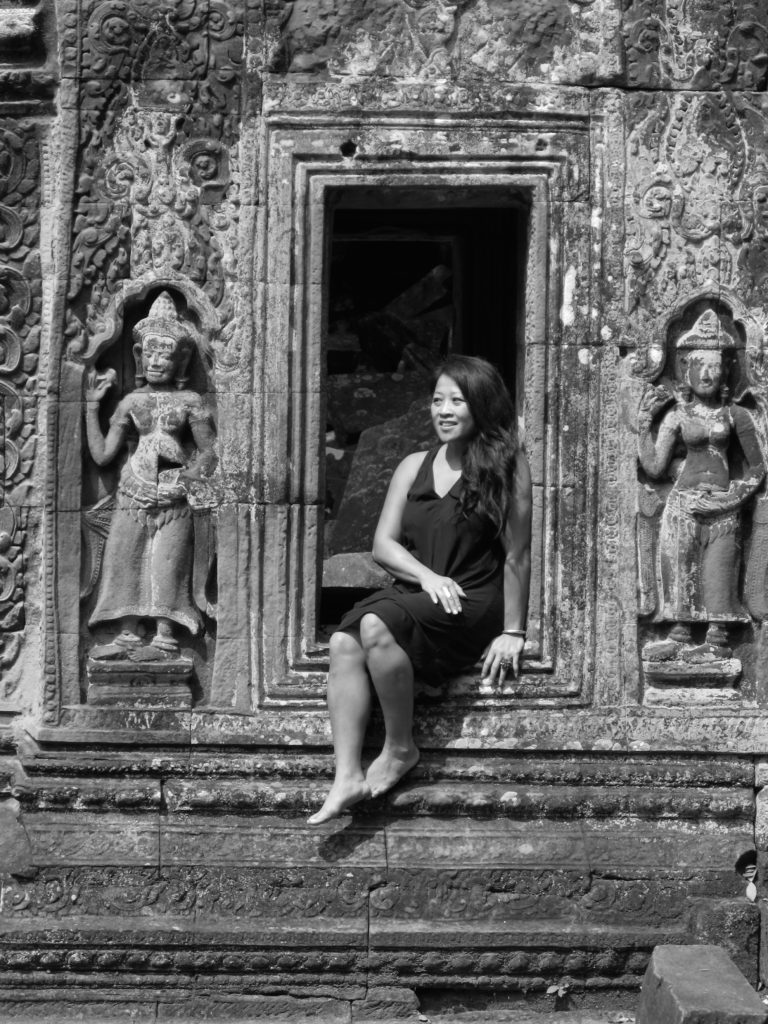 volunteered as an Education Resource Worker training 600 educators in 28 schools. Most recently, she served as World Relief Cambodia’s Director for Partnerships and Resource Development—the very organization that originally helped Chiraphone and her family find refuge in the United States.
volunteered as an Education Resource Worker training 600 educators in 28 schools. Most recently, she served as World Relief Cambodia’s Director for Partnerships and Resource Development—the very organization that originally helped Chiraphone and her family find refuge in the United States.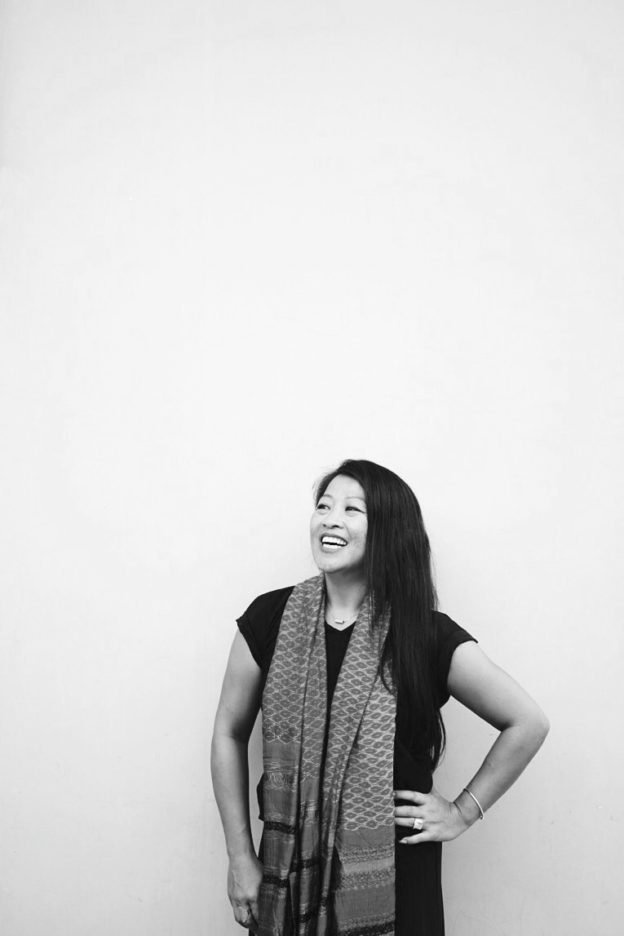


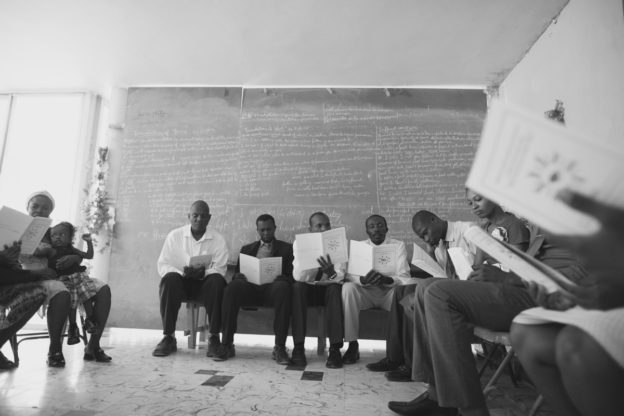
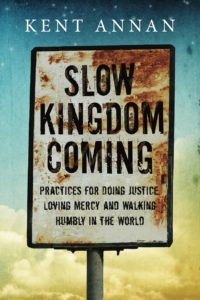

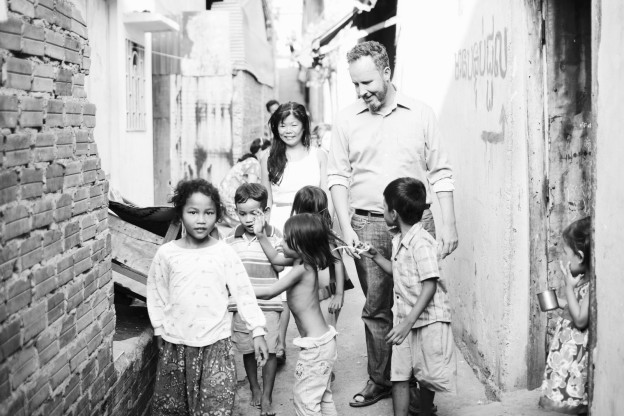


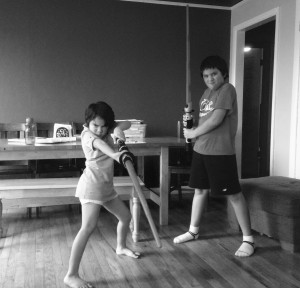

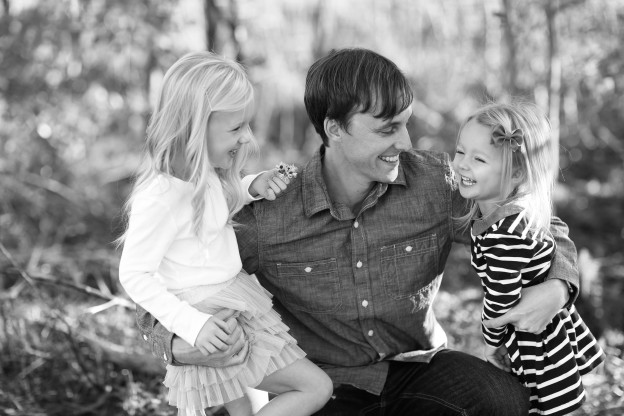


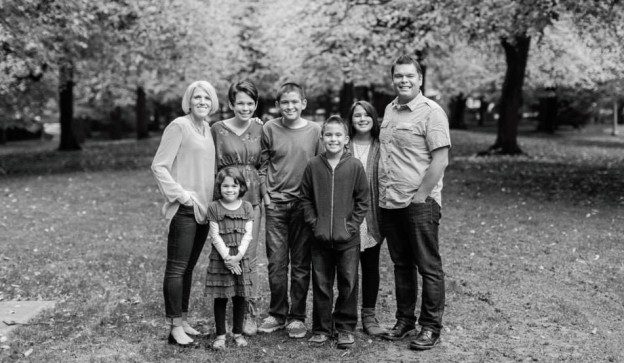
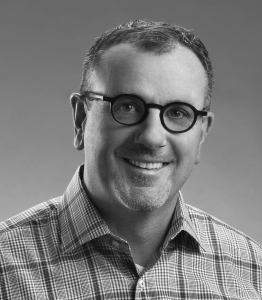
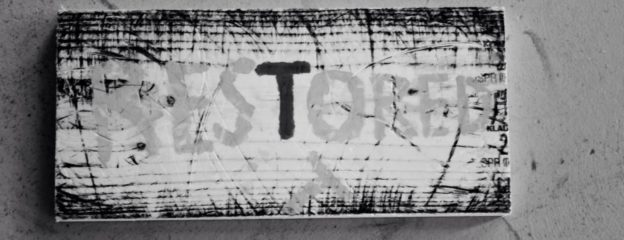
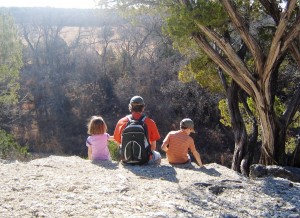
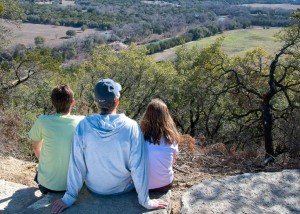
 After serving the poorest of the poor, an Omaha couple now helps heal fellow healers. Grounded in faith, spirituality and social justice, Chris and Phileena Heuertz are anchoring this healing vision in the heart of Omaha, at Gravity, a Center for Contemplative Activism.
After serving the poorest of the poor, an Omaha couple now helps heal fellow healers. Grounded in faith, spirituality and social justice, Chris and Phileena Heuertz are anchoring this healing vision in the heart of Omaha, at Gravity, a Center for Contemplative Activism.
